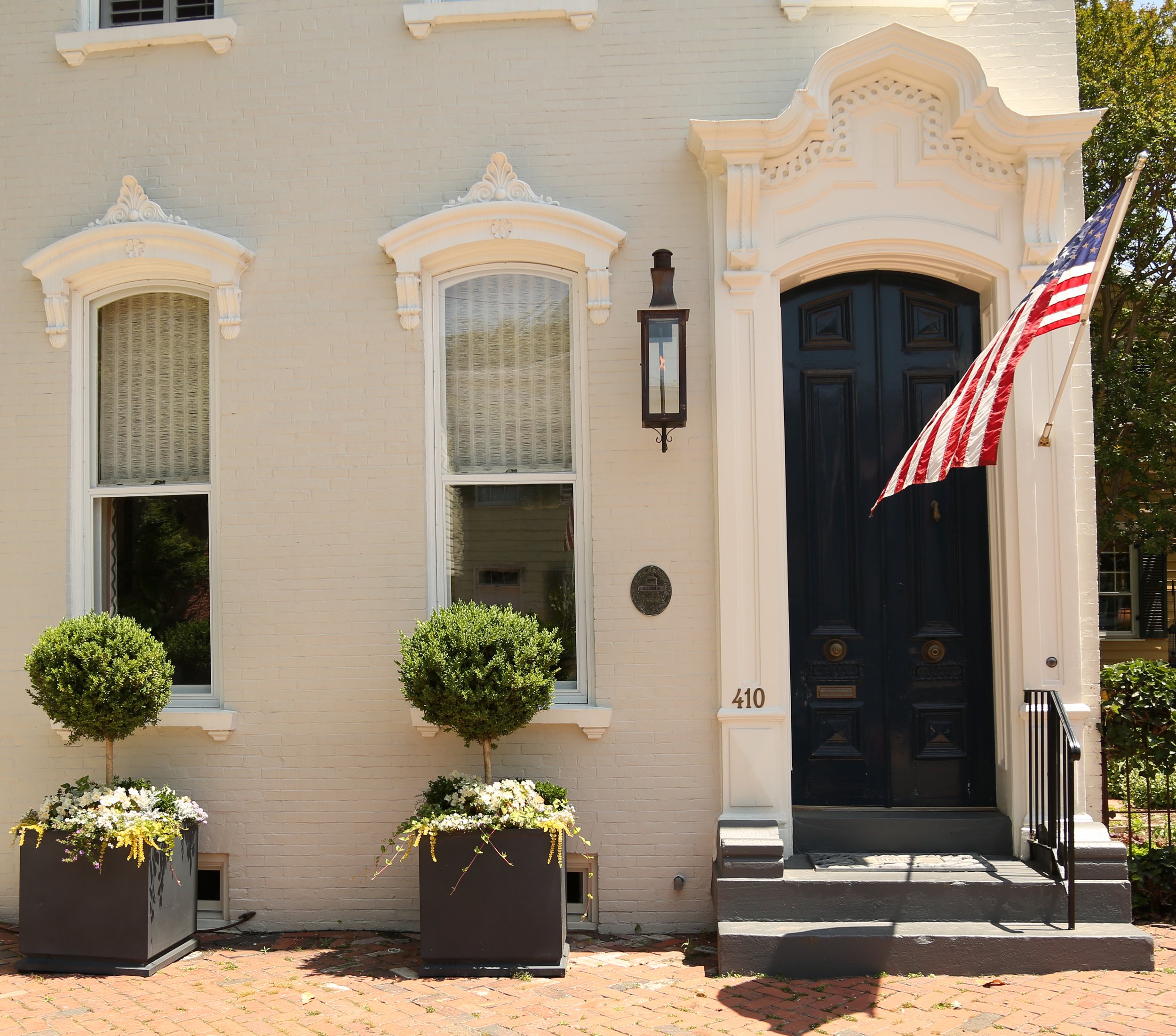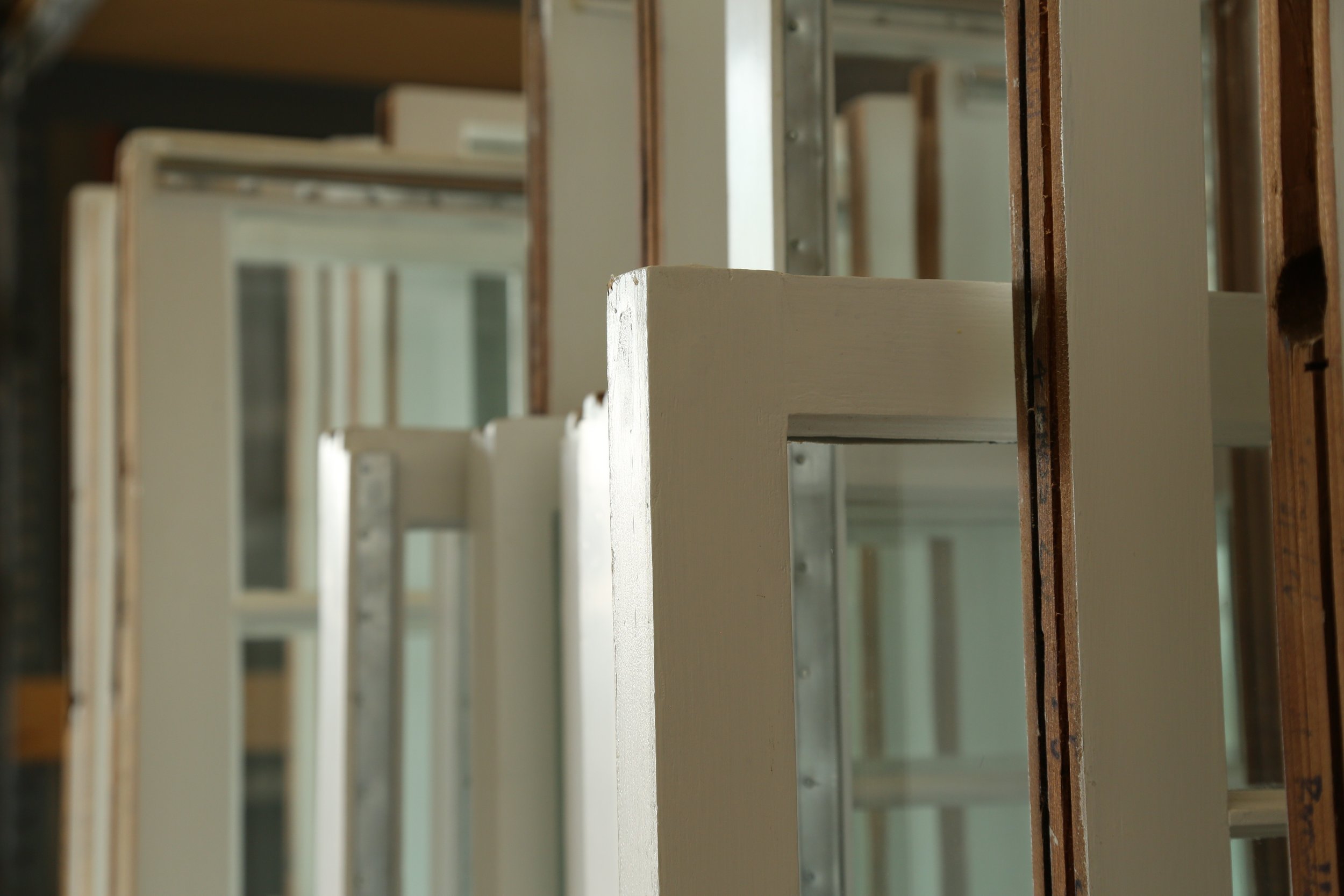
Quality. Pride. Elegance.
We bring olde windows and entrance doors back to life.
Mozer Works, Inc. is a restoration business dedicated to providing high-quality craftsmanship and service by restoring olde windows and doors. We are a leader in the Washington, DC area for excellence in restoration. We offer a range of services from simple tune-ups to full restoration, our specialty.
Incorporated in 2000, we have proudly restored thousands of windows and hundreds of entrance doors for Homeowners Historic Preservation Organizations County Governments Churches Commercial businesses & contractors We work throughout the DC/MD/VA metropolitan area and beyond responding to historic restoration needs rather than limiting our operations based upon geography.
Our services include full restoration, “partial” restoration, mechanical tune-ups, and restoration consultations. Our business has expanded as more and more people have discovered the beauty, viability, financial benefits, simplicity, functionality, and efficiency of our professionally restored olde windows and entrance doors. LEARN MORE.
Restoration Specialists

Testimonials
“Thank you for restoring and protecting these historical windows, already the talk of the block.” – Erich and Christina H. (May 2023)
I am so pleased with the windows. Thank you for your amazing quality work.” – Leslie C.
“Neil Mozer brings old windows back to life by restoring the beauty of their historic glass and making them work for you again. He’s done three projects in my home in Takoma Park over the years. Am I glad I spent the extra for his skill? Just every day I open, close, or look out through those windows. In Washington’s climate, I’d encourage anyone with old wooden windows to give it a try. Take it bit by bit as we did, maybe one room at a time to see what I am talking about. The energy savings are real. Better to pay Pepco or reward a local craftsman? But the great joy for me is the beauty of seeing something old come alive again and work as it should. You don’t see a lot of that today. Yes, it costs more and takes time and planning while the window is away. But I’ve seen the invoices. Your dollars will be paying for craft and a ton of local labor to do the job right and make something work. That’s a good investment in any time but especially given our current state.” – David Rogers
“Thanks to you and your team for the hard work! We love the windows! They're absolutely beautiful!” – Kate and Elliot
It was a pleasure to work with you these past few months. You and your guys are first-rate! Please don't hesitate to use me as a reference. I'll give you an A++ – Dick B., Capitol Hill
Neil Mozer is more than a contractor, he is a craftsman who practices his work with great skill and with integrity. He is attentive to design, detail, and quality. Always personable, he manages the job efficiently and effectively, getting it done on time. – Dan and Deborah
